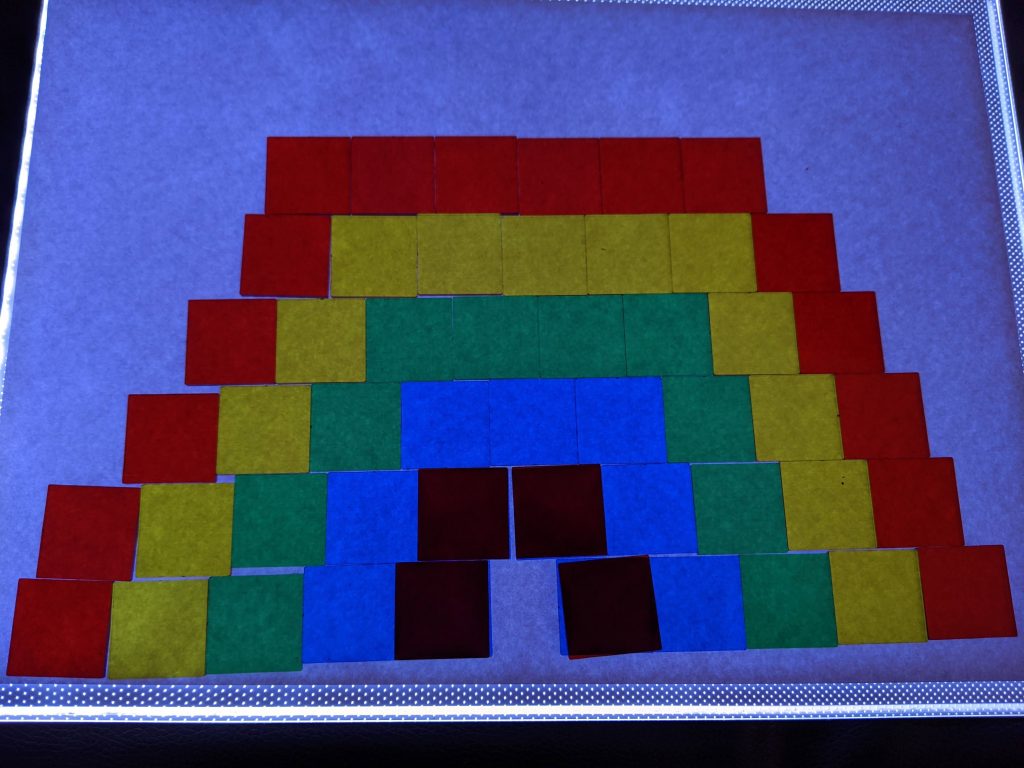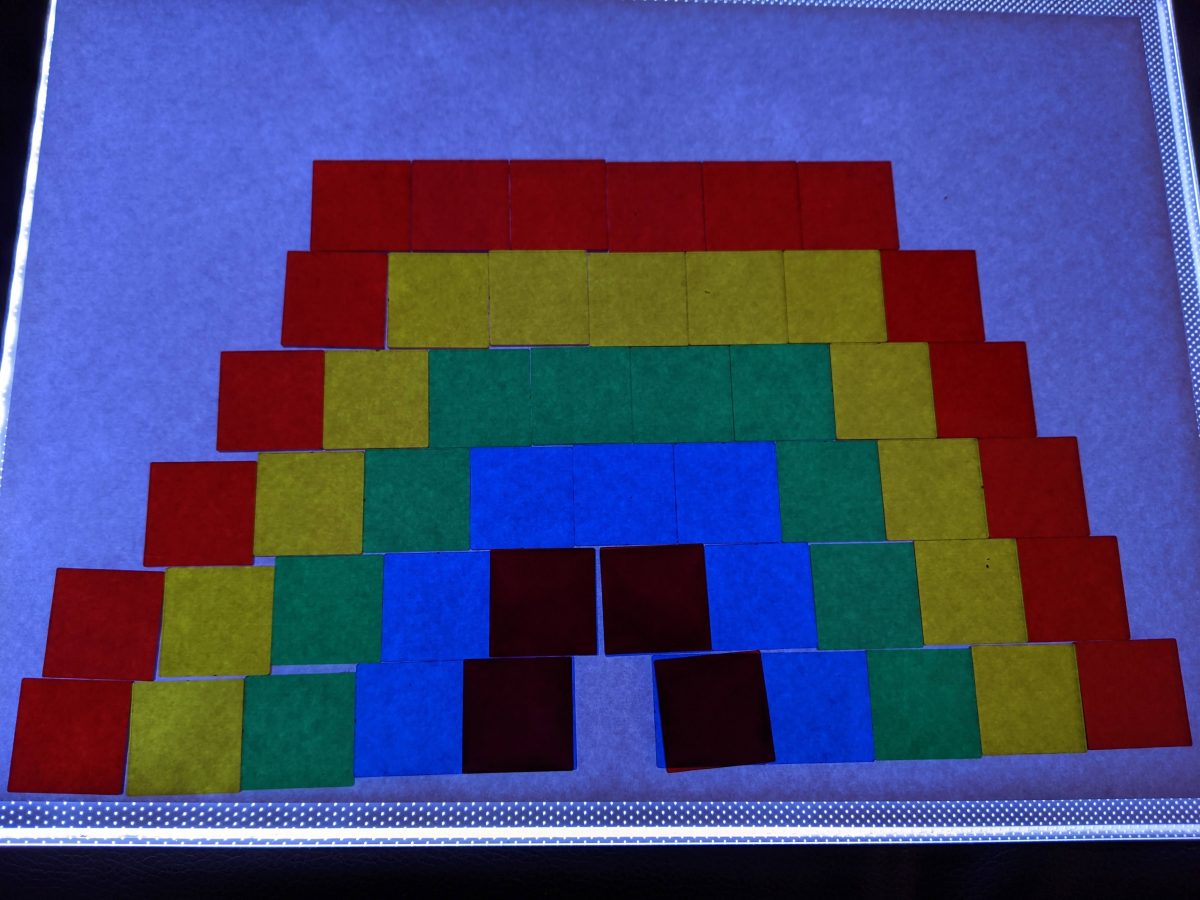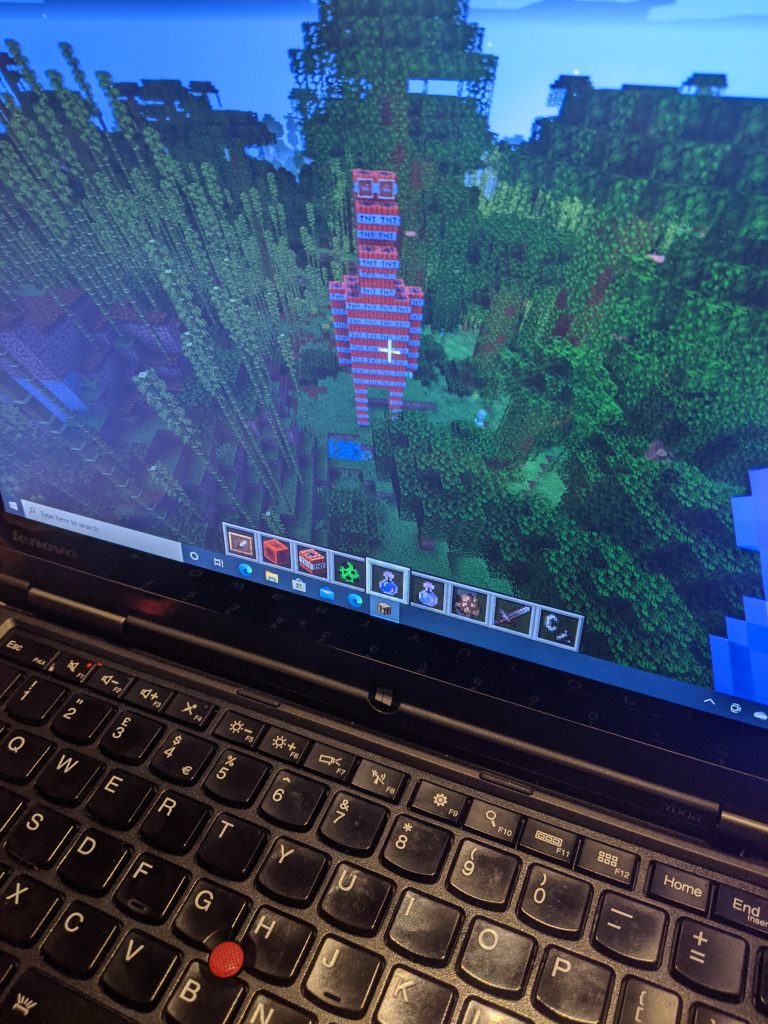I read a blog recently that suggested our creativity declines as we age. And that the big, dramatic drop comes, not with old age, or even with the maturing adult brain, but with beginning school! This isn’t, however, true for everyone. How can we keep our children’s creativity alive?

Creativity Can Be Taught
It may sound perverse, but it’s perfectly possible to teach people to be more creative.
Edward de Bono wrote books about teaching creativity. One of my favourites was ‘Teach Your Child to Think’. You can use some of his techniques to enhance your own and your child’s creativity.
One of the techniques that I really liked for solving problems was to use a random word generator. Then use that random word to spark ideas to solve your problem. We often believe that we will be most creative without any constraints, but actually, having a jumping-off point can help us to avoid simply travelling down well-worn tracks in our brain.
If you challenge yourself to think of lots of possible ways to travel to work, you might think of bike, bus, car, taxi etc.
But, if you challenge yourself to think of ways to travel to work inspired by the random word ‘spaghetti’. You might think about connecting strings of spaghetti to bring work and home together, or taking your work to an italian restaurant, or asking a food delivery service to take you to work.
Of course, most of these ideas are crazy. But, they might have the kernel of a good idea inside them. We can’t connect homes and offices by spaghetti, but we can connect them via the internet and work from home. Working from an Italian restaurant might be absurd, but renting a spot in a shared office could be a possibility. Food delivery services probably don’t want to take you, but you might be able to arrange lift shares.
When I read the idea in De Bono’s book, he included a word list that could be used to generate random words. But, there are tools online for that now!
Find Inspiration at the Crossroads of Limits and Space
One thing that I took from De Bono’s work was the idea that inspiration strikes when people have a combination of limits and space. A blank page can be intimidating and hard to fill.
If we tell our children – or ourselves for that matter – that they can write a poem about anything they like, they may find that their minds are suddenly blank. With a bit of structure, however, the ideas start to flow.
In fact, we had a family poety writing competition the other week, and I foudn exactly this. When faced with a completely free offer of any form and any subject, we struggled. When I challenged us to attempt limericks – a highly structured form – everything flowed much more easily!
Though Youngling reads late every night,
In the morning he’s cheery and bright,
His creations impress,
But what does he like best:
To build them, to draw, or to write?
Eldest and Middly are brothers,
And, deep down, they’re fond of each other,
Though they bicker and fight,
They make up each night,
To play X box with one another.
Structure doesn’t reduce creativity. The right kind of structure frees us to explore ideas and sounds. Johnny Walker has written a lovely post about the joy of teaching a class of primary children to write sonnets, called ‘Freedom Through Constraint’.
Creative Outlets Aren’t Enemies
There are lots of different ways to be creative, e.g. art, music, writing, building, inventing.
But, you don’t have to stick to just one! It’s very limiting to consider yourself an artist who’s no good with words, or an inventor with no sense of rhythm.
Some of the greatest creations cross over several disciplines. So encourage your child to explore them all! And, when they find one they love, keep encouraging them to include others from time to time.
When I read Youngling a story about the ‘Lion Man’ figure (from ‘Vincent’s Starry Night’), he responded by making his own version of the sculpture on Minecraft. Combining subjects is an easy way to encourage creative thinking.
How Creative Are You?
It takes some creativity to think of a way to test creativity! But, there are some popular tests used by psychologists studying creativity, such as the ‘Alternative Uses Task‘. Participants are shown, or just told about, an object, and asked to think of any many possible uses for it as they can. We play a similar game with shapes in the Frogotter Activity Box.


